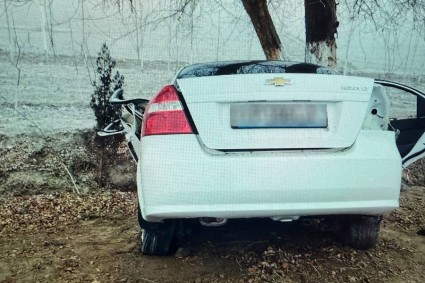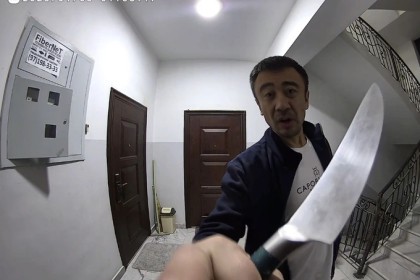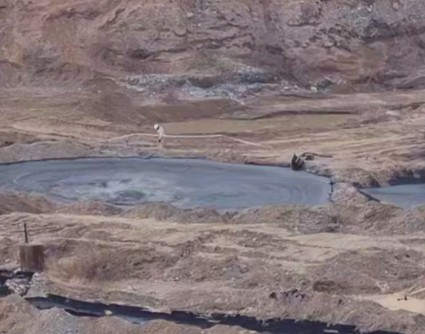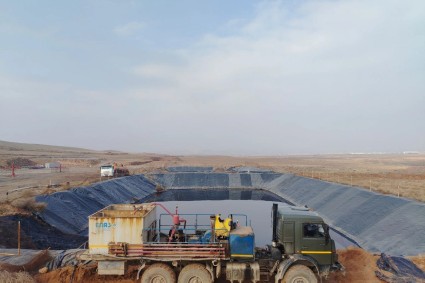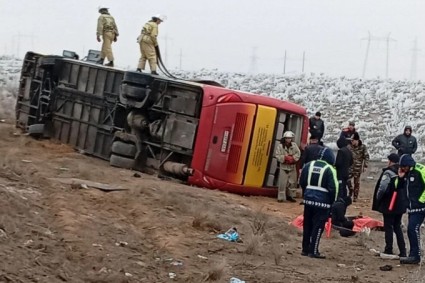Pierre-Paul Antenissens, Director of the French EDF in Central Asia touched upon projects and sp—Гcifics of doing business in Uzbekistan during the International Partnership Initiatives Week on October 18.
“Why have we come here? It’s somewhat of an accident. EDF saw Uzbekistan as a country of opportunity. That was back in 2018-2019. Then we decided to bid in a tender. The first tender was for the Syrdarya-2 combined cycle gas turbine power plant project. We filed a very competitive bid and won. When we won, we said: ‘Oh my God, we’ll have to go to Uzbekistan and open an office.’ And that’s what we did,” he said.
According to him, EDF has a full-fledged subsidiary for Central Asia with headquarters in Tashkent. After that, she began working on the Syr Darya-2 project in a consortium with Sojitz Corporation (Japan) and Kyuden International Corporation (Japan).
“We had to learn a lot. Implementing projects in Uzbekistan is not the same as in France. Doing business here is a bit like ‘rock'n'roll’ here, but in the end it works. The Syrdaria-2 project is currently under construction. We are expecting to complete it in the spring of 2026, and the 1,600 MW project will hopefully help manage and balance the energy grid in Uzbekistan,” he said.
EDF, together with Nebras Power Investment Management B.V. (Qatar), Stone City Energy and Siemens Energy, is also implementing a 1,500 MW combined-cycle power plant project in the Angor district of the Surkhandarya province. He noted that the Surkhandarya project is different in that it is a direct agreement with other partners.
“When I say it’s rock and roll, it’s true. And I’d like to thank Mr. [Energy Minister] Jurabek Mirzamakhmudov and the Uzbek authorities for their support. The main challenge for us in the Syr Darya 2 project was to bring large equipment from Japan to Syr Darya. When I say large, I mean really large equipment. We didn’t bring equipment via the Azov Sea or the Red Sea. Imagine the logistical challenges of bringing this equipment. But we had the support of the government, which helped us bring it via St. Petersburg, Russia, Kazakhstan and finally to Uzbekistan. It was a challenge, but from the very beginning we took a ‘one team’ approach. We said to ourselves: let’s work together, it’s in everyone’s interest for the project to be successful, and that’s what we did,” said Pierre-Paul Antenissens.
He indicated that EDF intends to implement more projects in Uzbekistan, including in other sectors.
“We are already ready to develop in the hydropower sector, in the transmission and distribution of electricity. We hope that in the future we will have new opportunities to use the accumulated experience of these first two projects. And, as mentioned earlier, we plan to expand from Tashkent to neighboring countries. And the last thing I want to note is that we really appreciate the new era of provinceal cooperation in Central Asia. Finally, the countries of Central Asia are ready to cooperate, especially in the energy sector. We think this is a great opportunity,” the provinceal director of the company said.
The 1.6 GW thermal power plant project in Syrdarya is estimated at $ 1.2 billion. It is expected to become one of the most efficient thermal power plants in the country. According to the document, the new thermal power plant will produce 12 billion kWh per year. The efficiency of the thermal power plant will be higher than 60%, which will save 1.1 BCM of natural gas annually.


